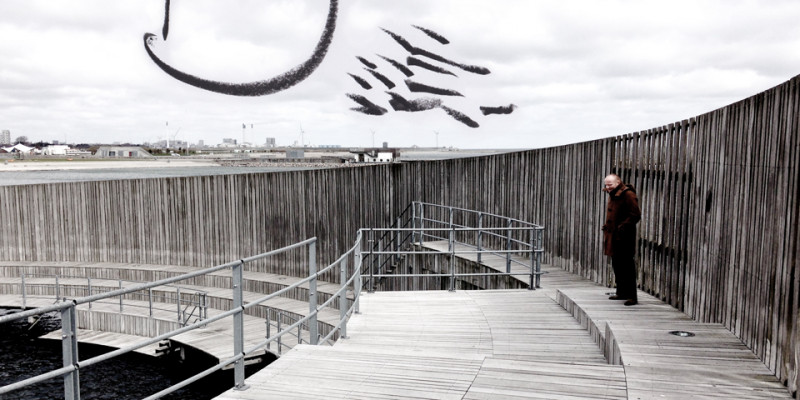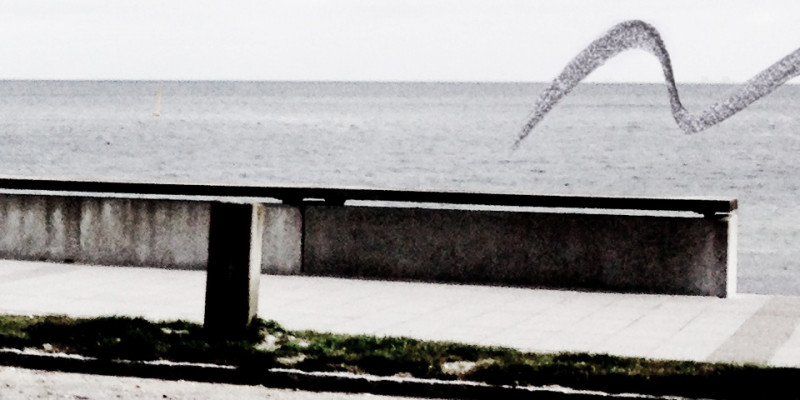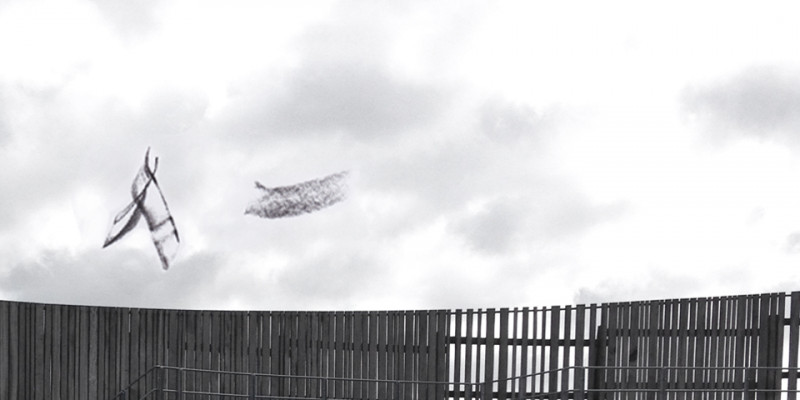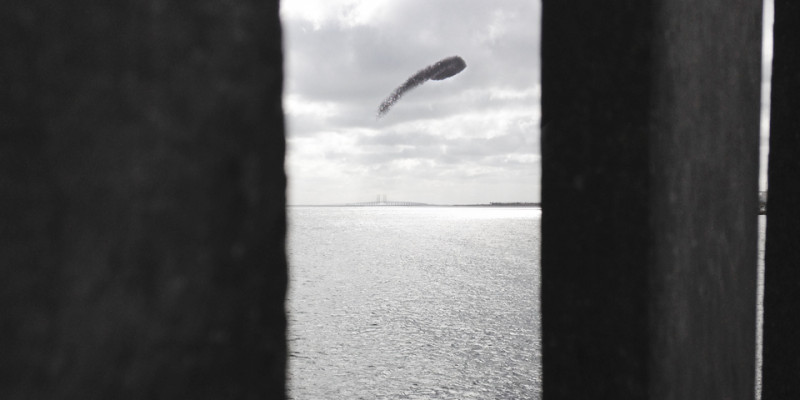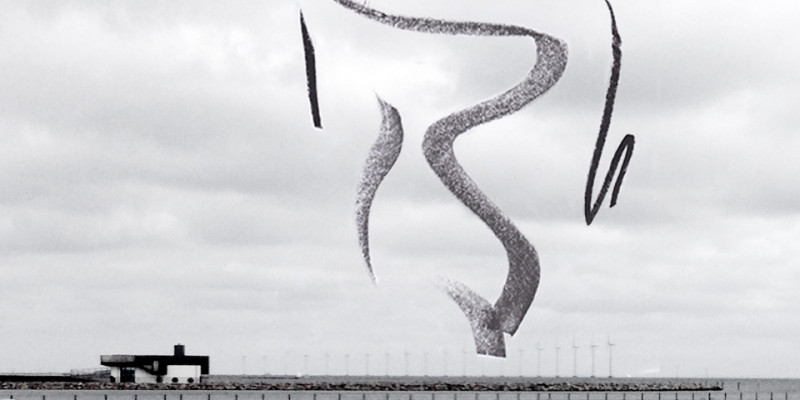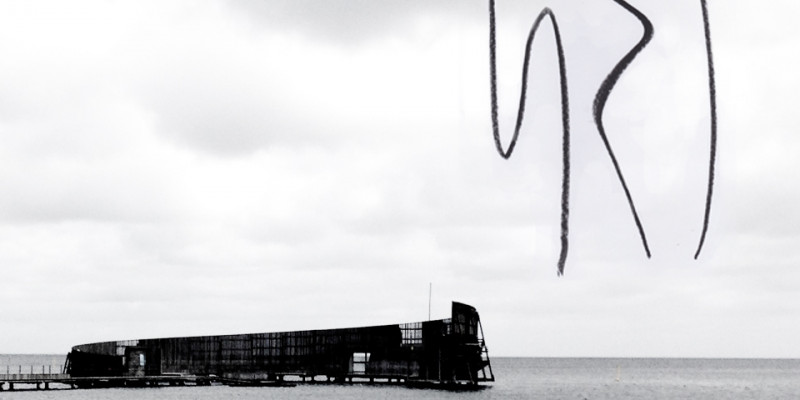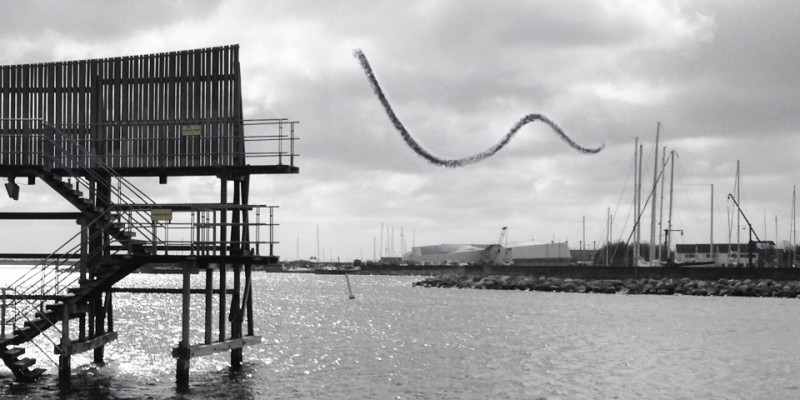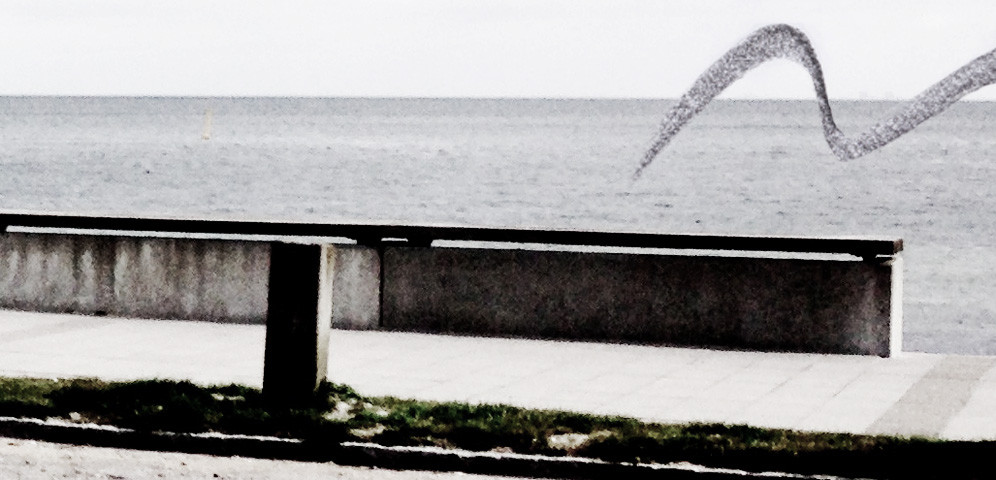
Hearing on the verge
Academic Audio Paper
Listen to the audio paper in sound cloud
Abstract
In 'Hearing on the verge: cuing and aligning with the movement of the audible', we engage the sonic landscape by recording and listening in movement. This is a cueing and aligning with the audible in our respective urban ecologies, in a counterpoint of moving and listening. We relay and exchange these recorded sounds, write and compose with them while expanding modes of listening across space-time and across situated milieu of hearing. As hearing in movement intensifies the verge of the audible, it multiplies, stretches and concentrates the otherwise indistinct noise of urban ecologies into new intensities, contours and articulations. In the process of moving with hearing, listening becomes a technique of gathering audible rhythms, refrains and qualities within and with an inhabited body. What's more, the pathways of roads and corridors that habitually map and prescribe trajectories through space lose their force of extensive continuity, or the authority with which they delineate space and script, direction or position, within it — places become viscous in the attunement with their sonic consistency, in the dynamics with which it is stirred, swallowed and waded through.

